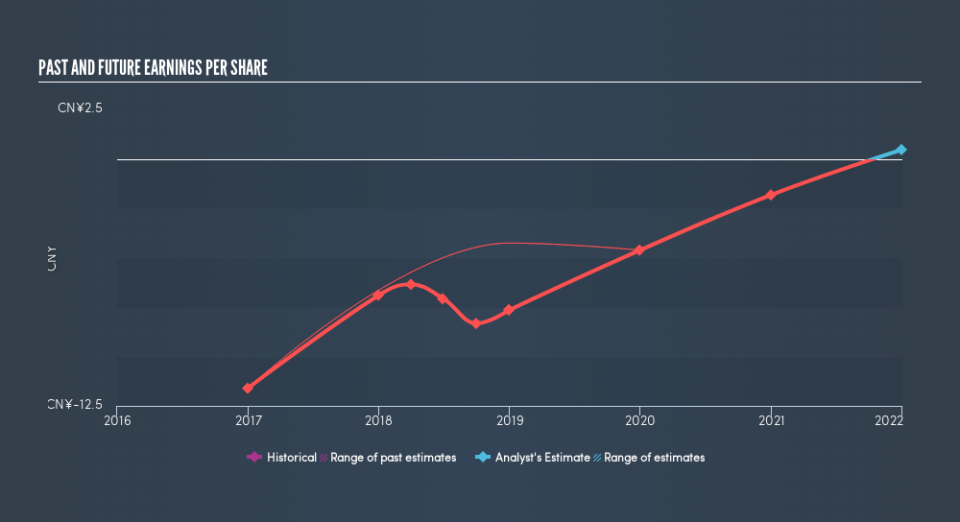When Will 111, Inc. (NASDAQ:YI) Become Profitable?

111, Inc.’s (NASDAQ:YI): 111, Inc., through its subsidiaries, operates an integrated online and offline platform in the healthcare market in the People’s Republic of China. On 31 December 2018, the US$648m market-cap posted a loss of -CN¥380.1m for its most recent financial year. As path to profitability is the topic on YI’s investors mind, I’ve decided to gauge market sentiment. Below I will provide a high-level summary of the industry analysts’ expectations for YI.
See our latest analysis for 111
YI is bordering on breakeven, according to Consumer Retailing analysts. They anticipate the company to incur a final loss in 2020, before generating positive profits of CN¥43m in 2021. YI is therefore projected to breakeven around 2 years from today. What rate will YI have to grow year-on-year in order to breakeven on this date? Using a line of best fit, I calculated an average annual growth rate of 60%, which is extremely buoyant. If this rate turns out to be too aggressive, YI may become profitable much later than analysts predict.
Given this is a high-level overview, I won’t go into details of YI’s upcoming projects, though, take into account that generally a high growth rate is not out of the ordinary, particularly when a company is in a period of investment.
One thing I’d like to point out is that YI has no debt on its balance sheet, which is quite unusual for a cash-burning loss-making, growth company, which usually has a high level of debt relative to its equity. This means that YI has been operating purely on its equity investment and has no debt burden. This aspect reduces the risk around investing in the loss-making company.
Next Steps:
There are key fundamentals of YI which are not covered in this article, but I must stress again that this is merely a basic overview. For a more comprehensive look at YI, take a look at YI’s company page on Simply Wall St. I’ve also put together a list of key aspects you should further examine:
Valuation: What is YI worth today? Has the future growth potential already been factored into the price? The intrinsic value infographic in our free research report helps visualize whether YI is currently mispriced by the market.
Management Team: An experienced management team on the helm increases our confidence in the business – take a look at who sits on 111’s board and the CEO’s back ground.
Other High-Performing Stocks: Are there other stocks that provide better prospects with proven track records? Explore our free list of these great stocks here.
We aim to bring you long-term focused research analysis driven by fundamental data. Note that our analysis may not factor in the latest price-sensitive company announcements or qualitative material.
If you spot an error that warrants correction, please contact the editor at editorial-team@simplywallst.com. This article by Simply Wall St is general in nature. It does not constitute a recommendation to buy or sell any stock, and does not take account of your objectives, or your financial situation. Simply Wall St has no position in the stocks mentioned. Thank you for reading.

 Yahoo Finance
Yahoo Finance 
